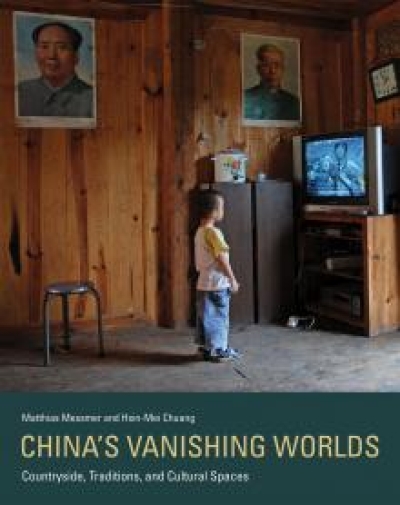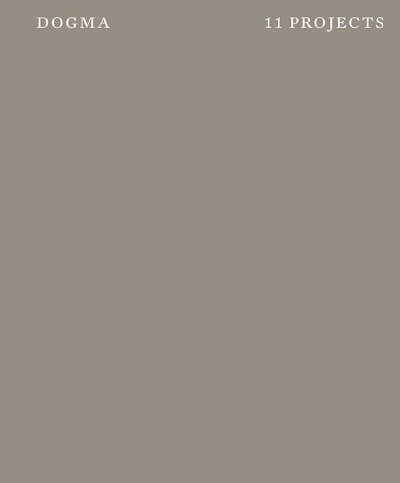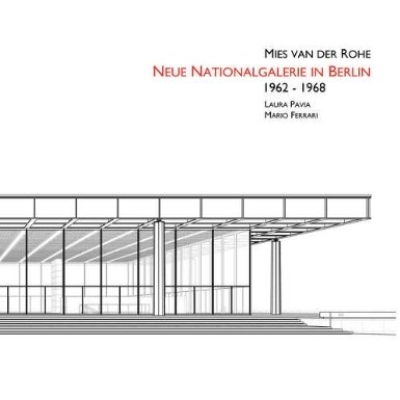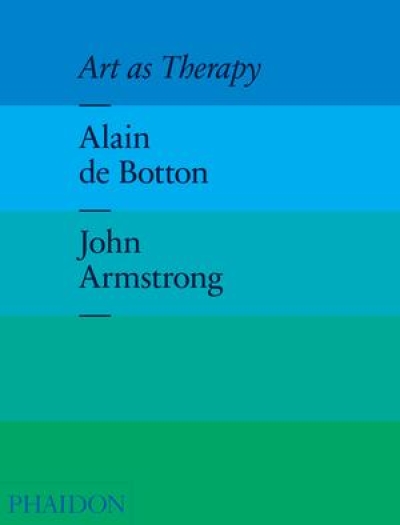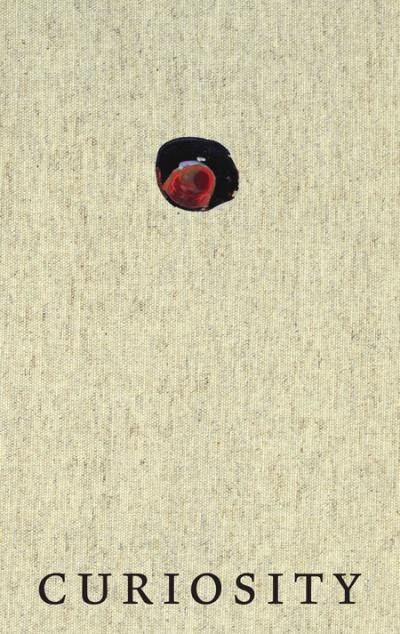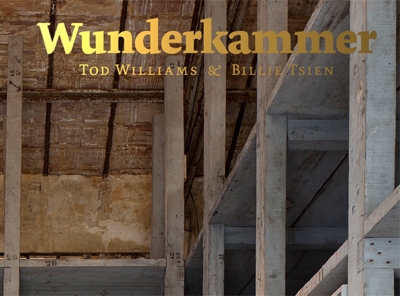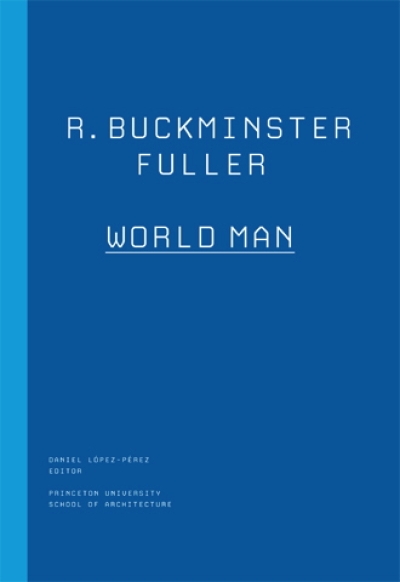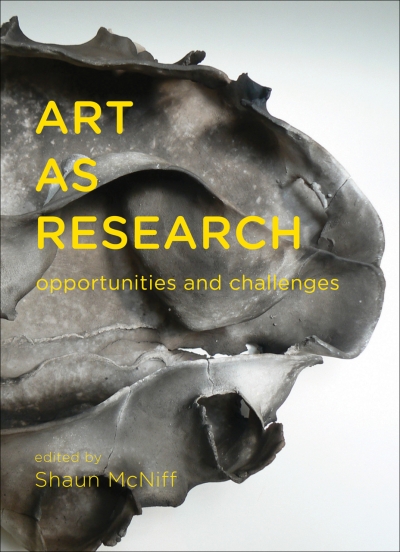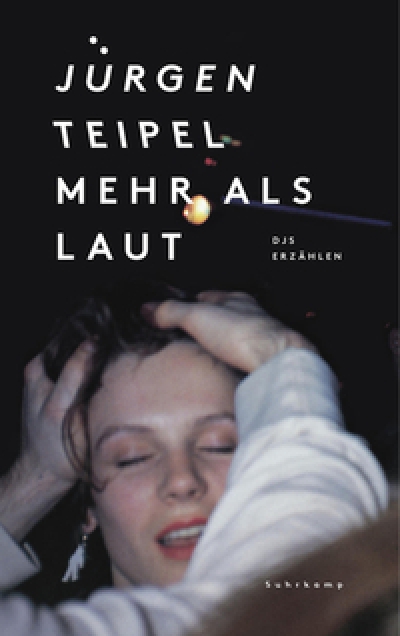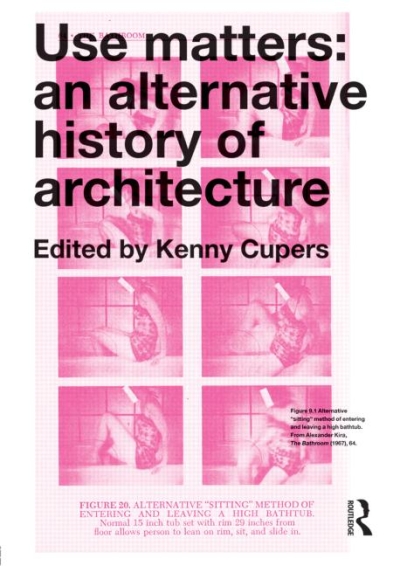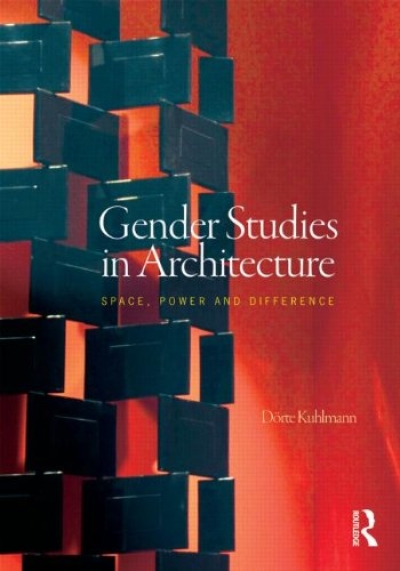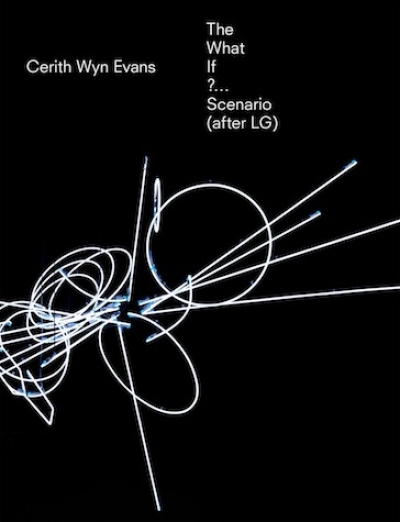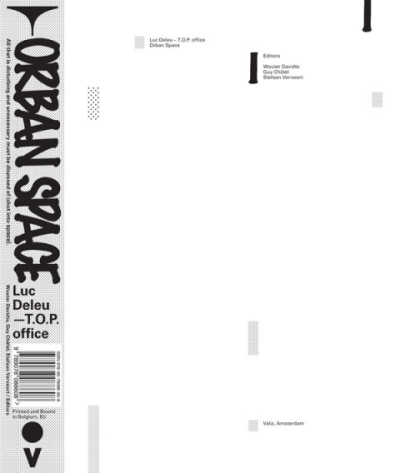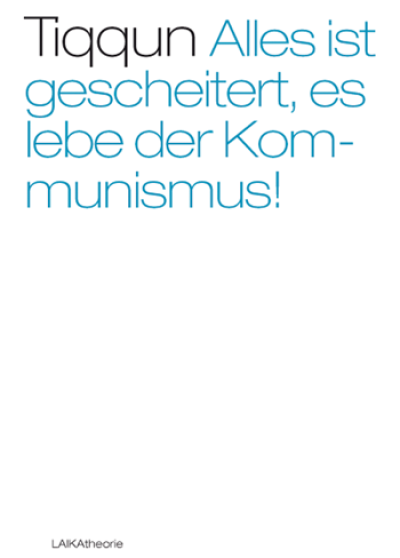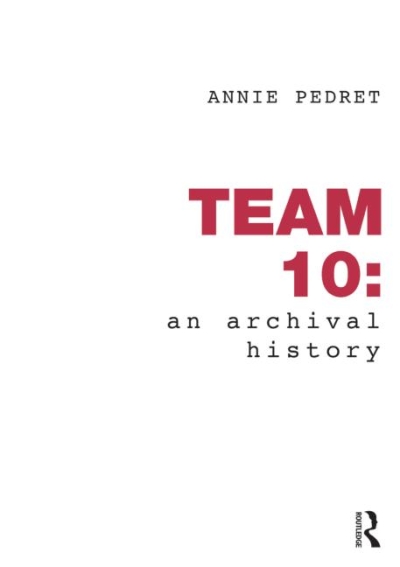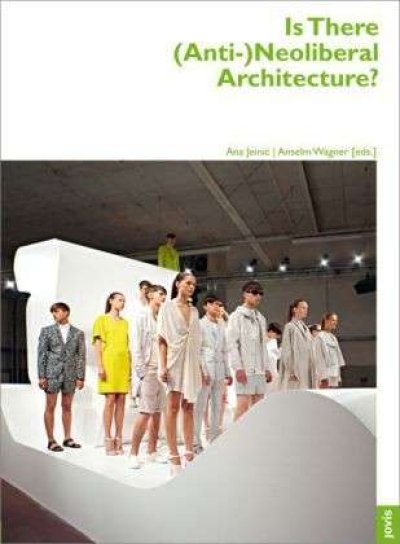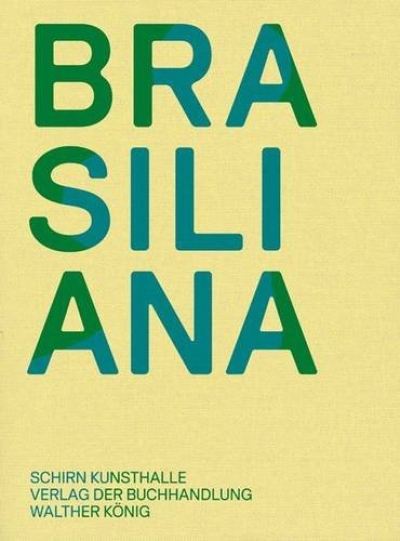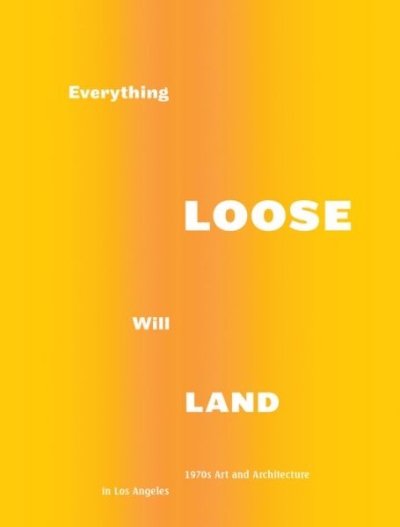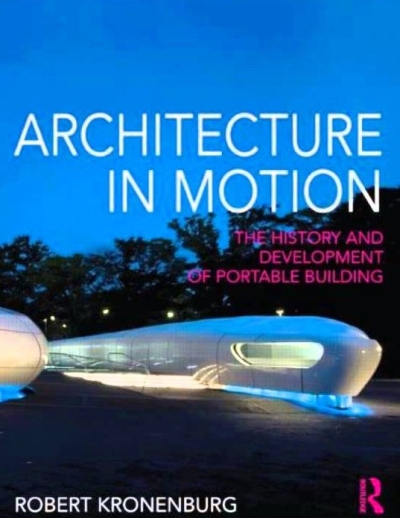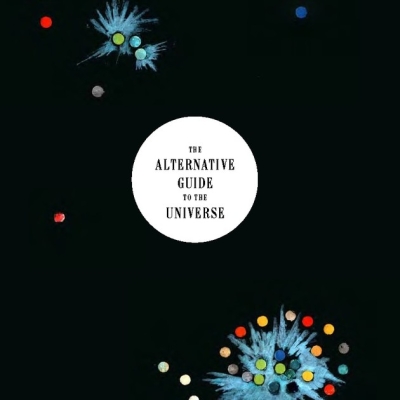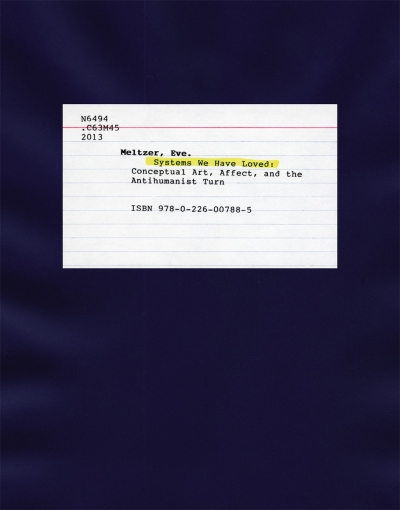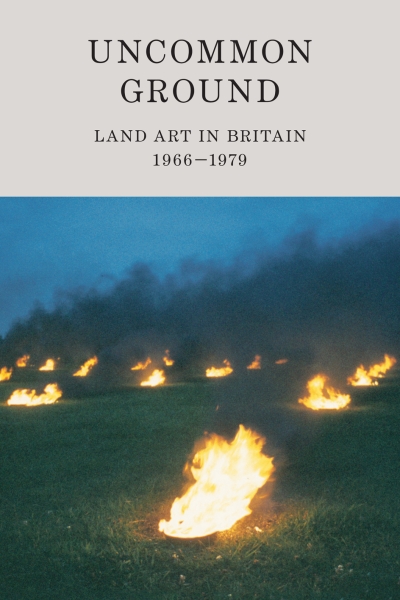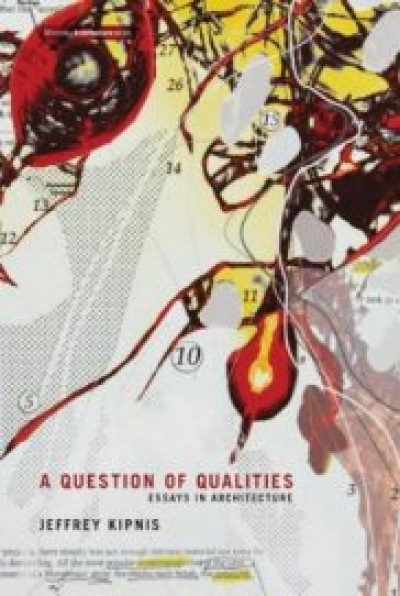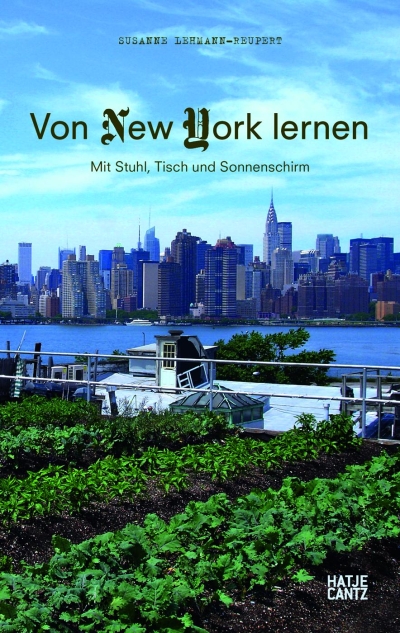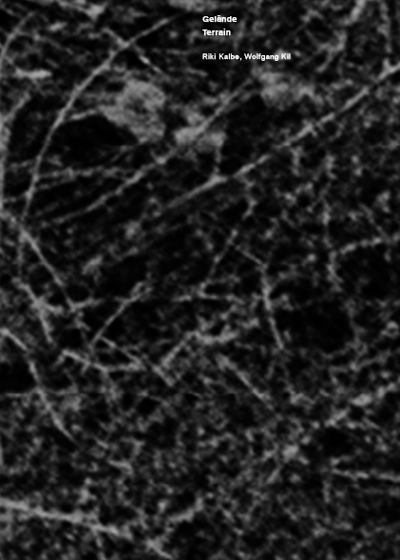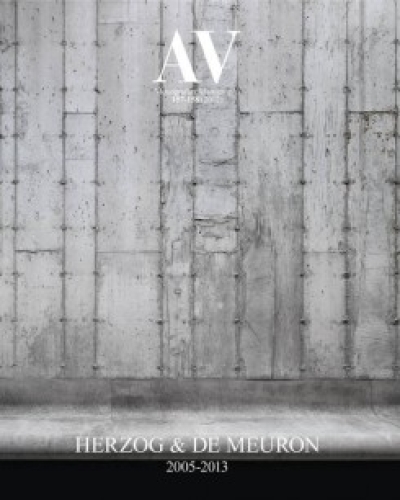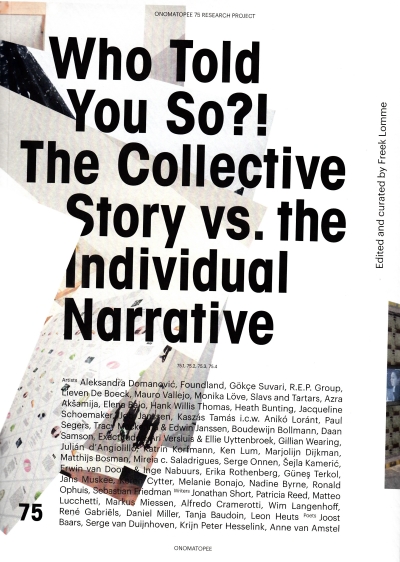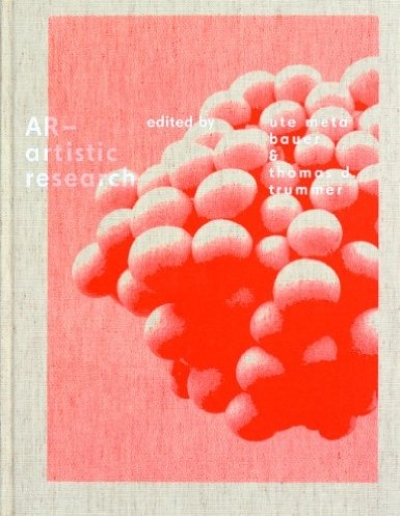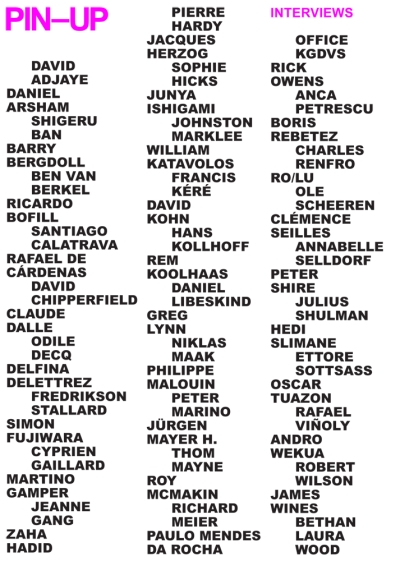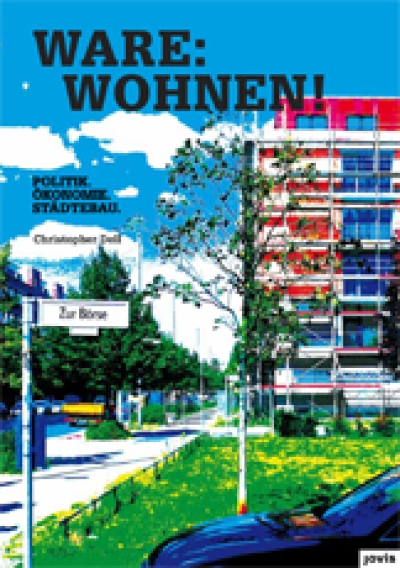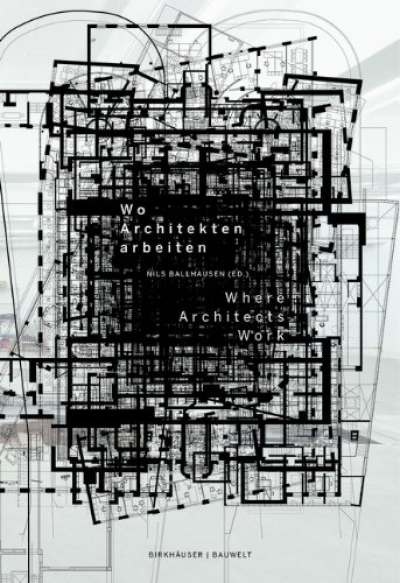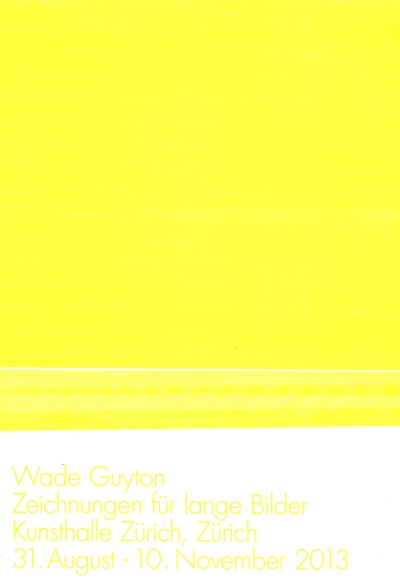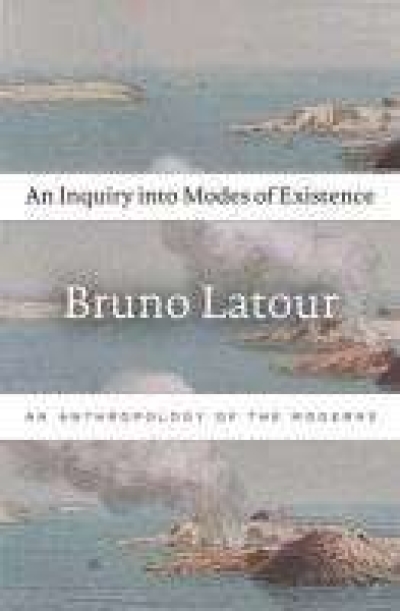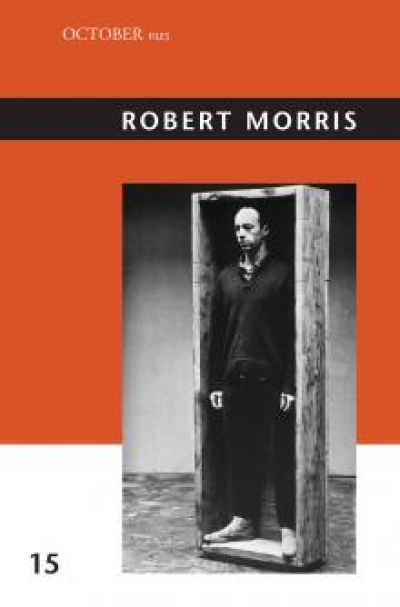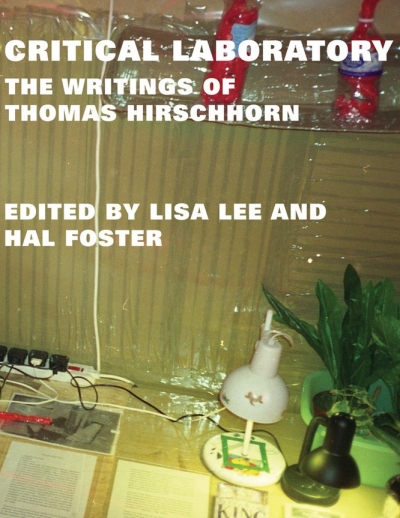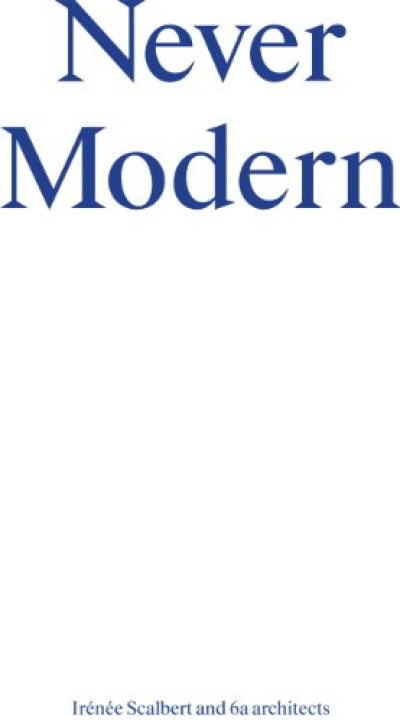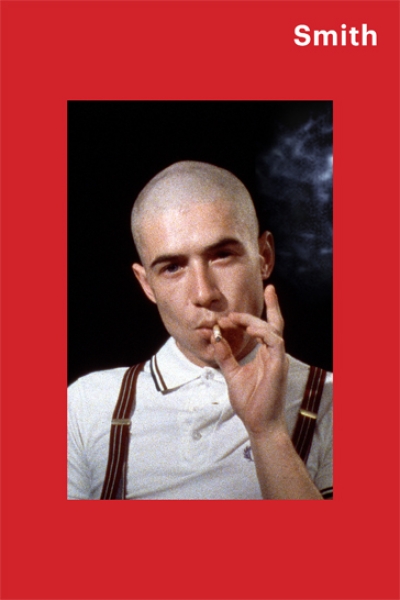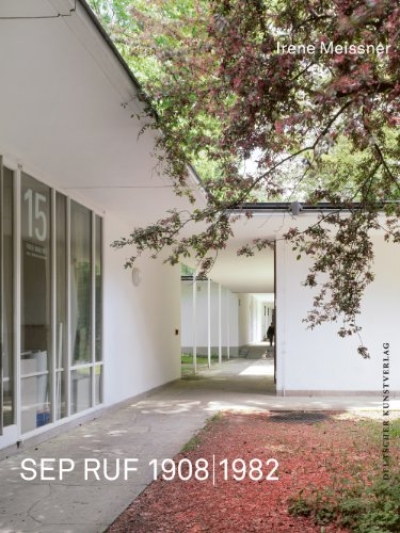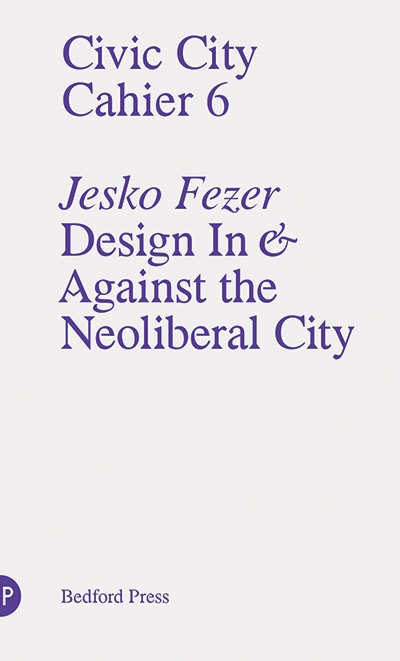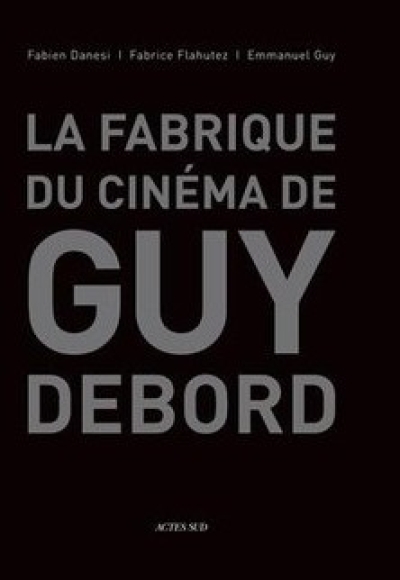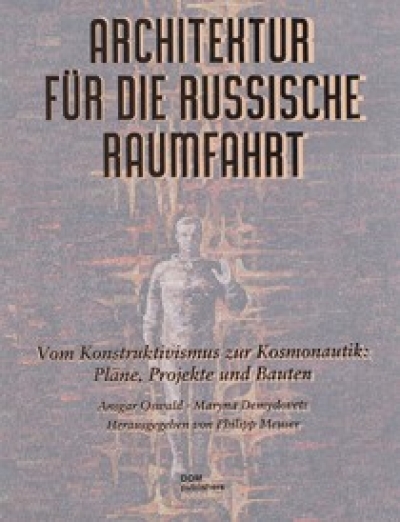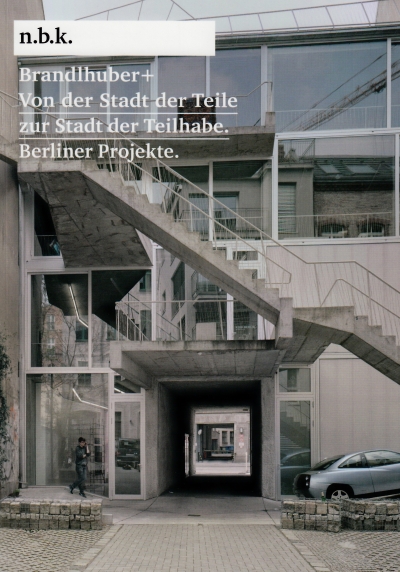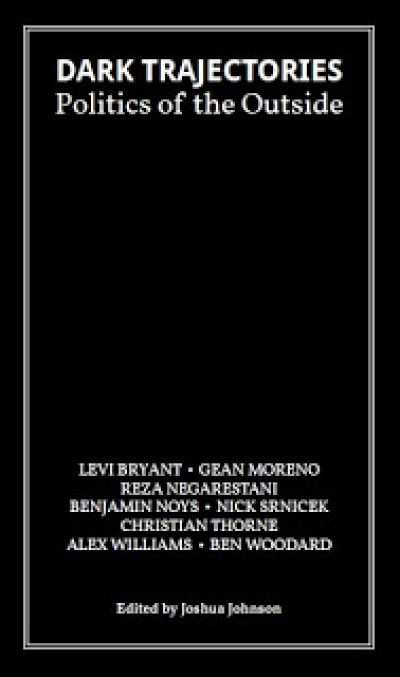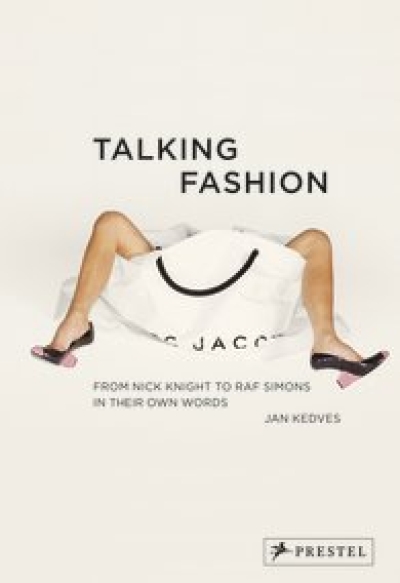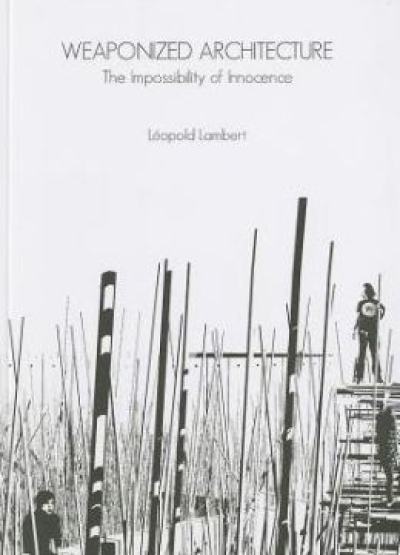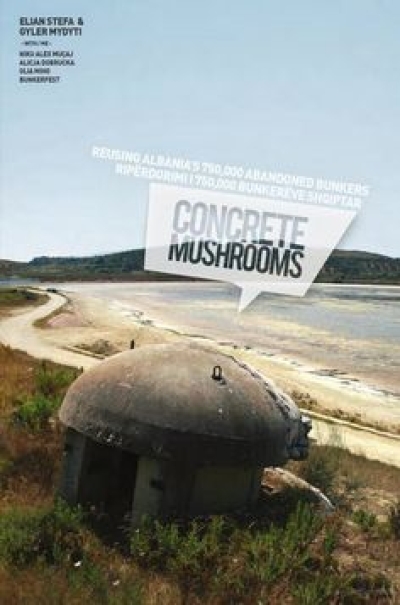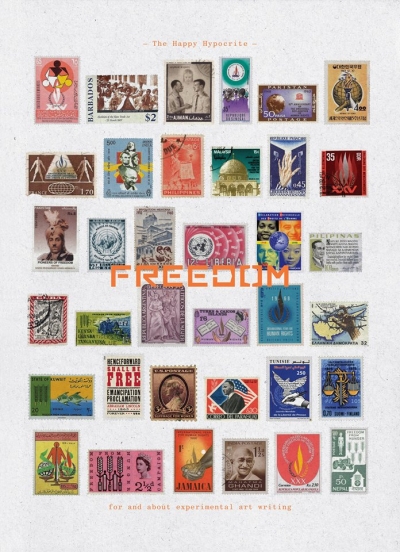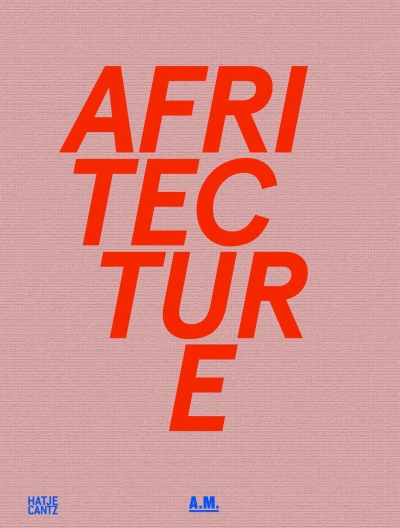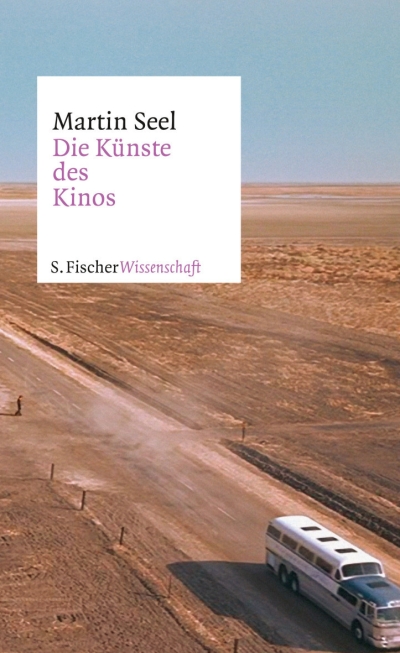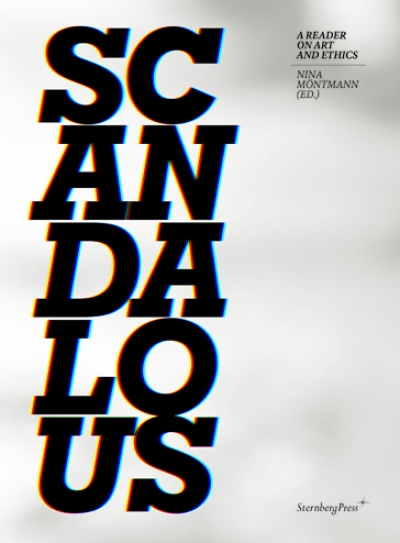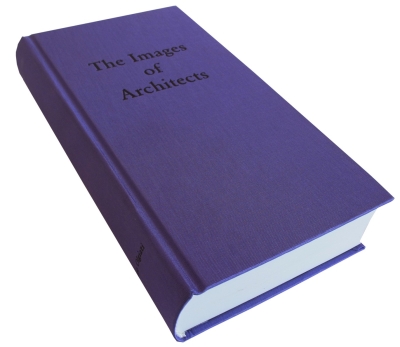
Shadowplayers. The Rise and Fall of Factory Records
In 1978, a Factory for Sale' sign gave Alan Erasmus and Tony Wilson a name for their fledgling Manchester club night. Though they couldn't have known it at the time, this was the launch of one of the most significant musical and cultural legacies of the late twentieth century. The club's electrifying live scene soon translated to vinyl, and Factory Records went on to become the most innovative and celebrated record label of the next thirty years. Always breaking new musical ground, Factory introduced the listening public to bands such as Joy Division, whose Unknown Pleasures was the label's first album release, New Order, Durutti Column and Happy Mondays. Propelled onwards by the inspirational cultural entrepreneur, Tony Wilson, Factory always sought new ways to energise the popular consciousness, such as the infamous Hacienda nightclub, which enjoyed a chequered 15-year history after opening in 1982. Factory's reputation as a cultural hub was also bolstered by its fierce commitment to its own visual identity, achieved through the iconic sleeve designs and campaigning artwork of Peter Saville. However, the lofty reputation of Factory's musical and artistic ventures were only sporadically converted into commercial success, and when London Records pulled out of a takeover bid in 1992 because of the absence of contracts, the fate of Factory Communications Ltd was sealed. But the label's downfall has done nothing to quell interest in the Factory legend, as films such as 24-Hour Party People and Control attest. Yet despite this perennial interest, the definitive, authentic story of Factory Records has never been told until now. Shadowplayers is the most complete, authoritative and thoroughly researched account of how a group of provincial anarchists and entrepreneurs saw off bankers, journalists and gun-toting gangsters to create the most influential record label of modern times. Based on both archive and contemporary sources, the book tells the full story of Factory's heroic struggles, its complex web of inventive, idiosyncratic and tragic personalities, and ultimately, the acclaimed and much-loved music it produced. James Nice is an author, journalist and record-label owner. He once worked for Factory Benelux and now administers much of the former Factory catalogue.
vergriffen
